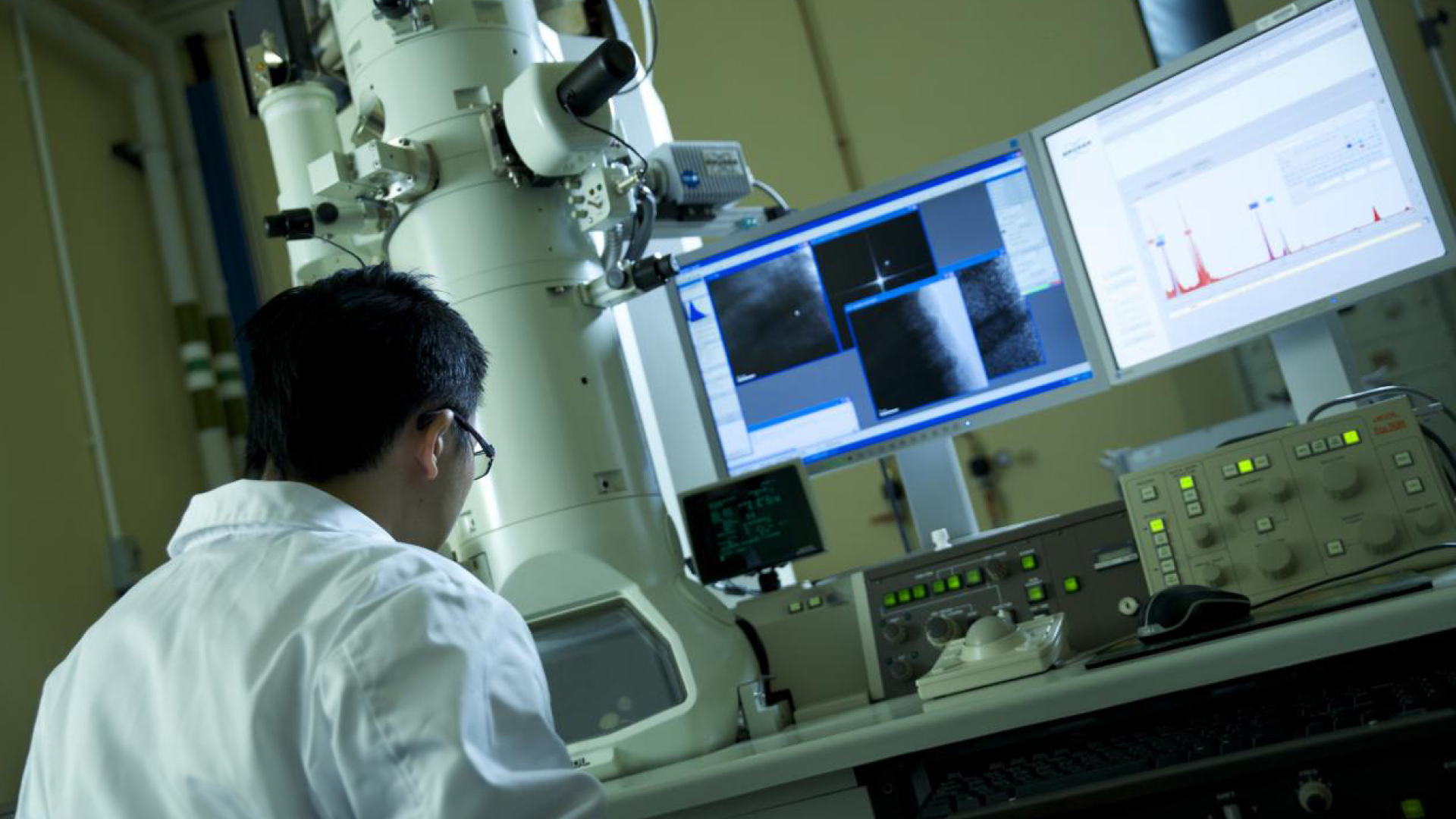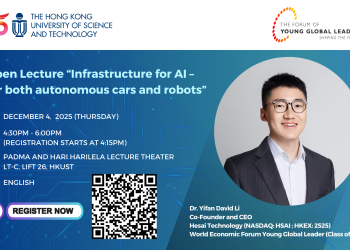A Path to Global Health Equity: Bridging the Gaps in Healthcare

In a world still grappling with the aftermath of the COVID-19 pandemic, health disparities are widening and healthcare worker shortages persist, revealing vulnerabilities in our health systems. “Yet within all these challenges lie immense opportunities for collaboration and innovation,” noted Professor Nancy IP, President of The Hong Kong University of Science and Technology (HKUST), at the 2025 Asia Summit on Global Health. As a keynote panelist, she asserted that universities can play a pivotal role in shaping a more equitable and sustainable health system.
Universities, she emphasized, are more than merely academic institutions. They serve as vital players on the global stage. “They are global connectors, neutral platforms and engines of innovation—uniquely positioned to bridge the divides between disciplines, industries and nations,” she added.
Three Prongs, One Goal
President Ip highlighted three interconnected ways through which universities can contribute to reshaping the healthcare system. First, she underscored the growing need to nurture interdisciplinary thinkers who can merge science, technology, and entrepreneurship to drive change. Universities worldwide are increasingly adopting this approach by integrating artificial intelligence (AI) and digital health into their curricula. “This equips students to develop tools like telemedicine platforms and predictive diagnostics, making healthcare more accessible, especially in underserved regions,” she explained.
Second, universities can act as powerhouses for translating cutting-edge research into impact from laboratories to bedside. “Bold ideas are tested and refined here,” noted President Ip. For instance, HKUST-incubated startups are developing transformative technologies that address community needs, such as PanopticAI, an FDA-approved mobile application for contactless vital sign monitoring, built on state-of-the-art AI and signal processing.
Last but not least, universities are collaboration hubs that foster partnerships. President Ip spotlighted the synergy between academia, policymakers, and the private sector to scale impact both locally and globally. “No single institution can do it alone, so we must collaborate on a global level,” with a rallying call for collective responsibility, she urged stakeholders to take action toward achieving global health equity together. As her speech concluded, one core message was loud and clear: the future of health depends on global collaborative efforts.
Innovating for a Healthier Tomorrow
The stronger the alliances, the greater the impact. This rationale drives HKUST to incubate startups that collaborate and introduce groundbreaking innovations to the healthcare sector.
Ten pioneering MedTech startups from HKUST showcased their innovative work at the Summit’s exhibition, demonstrating how technology bridges gaps in diagnosis, treatment, and patient care. For example, Cognitact uses AI for early Alzheimer’s detection through a single drop of blood, while Opharmic develops a needle-free eye medication delivery system, and Allegrow focuses on creating biomimetic hydrogels to enhance immune cell therapy. Other ventures like SmartCare and DBT are improving patient care and accessibility by streamlining clinical workflows and enabling remote dental care.
While the path to an equitable and sustainable health system remains challenging, HKUST and its incubated startups are leading the charge, enhancing innovation, education, and cross-sector collaboration to tackle the world’s most urgent healthcare needs.









